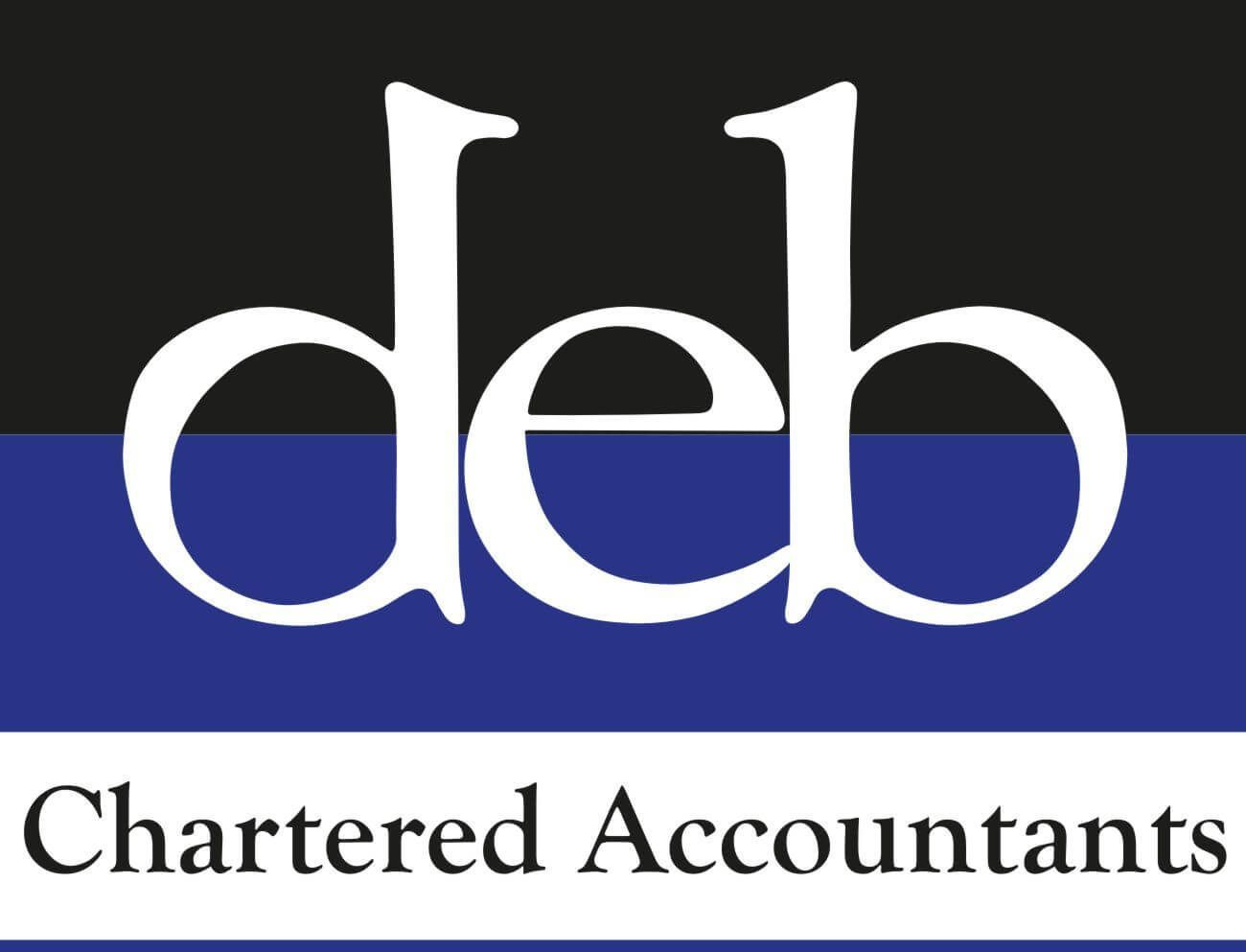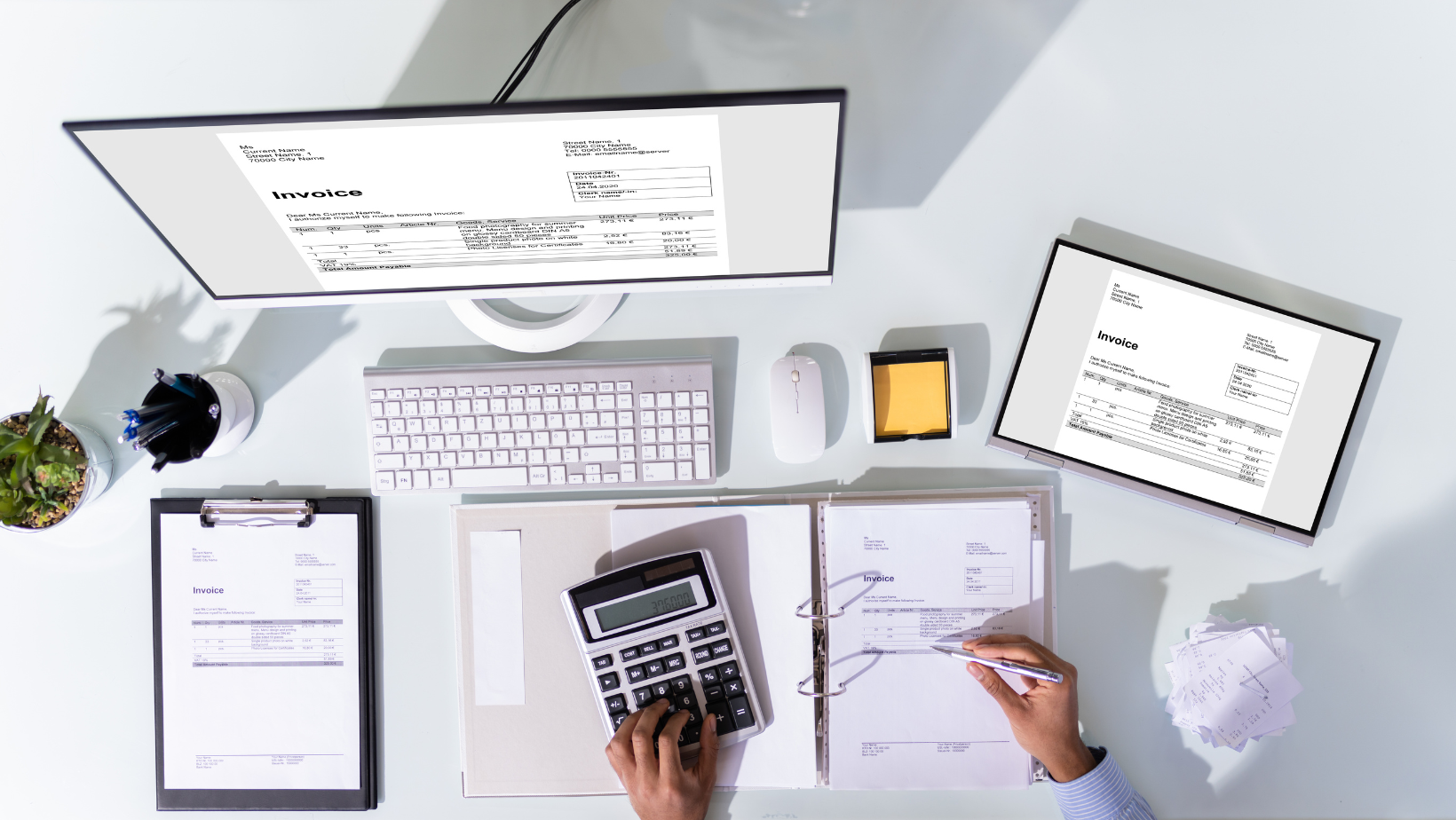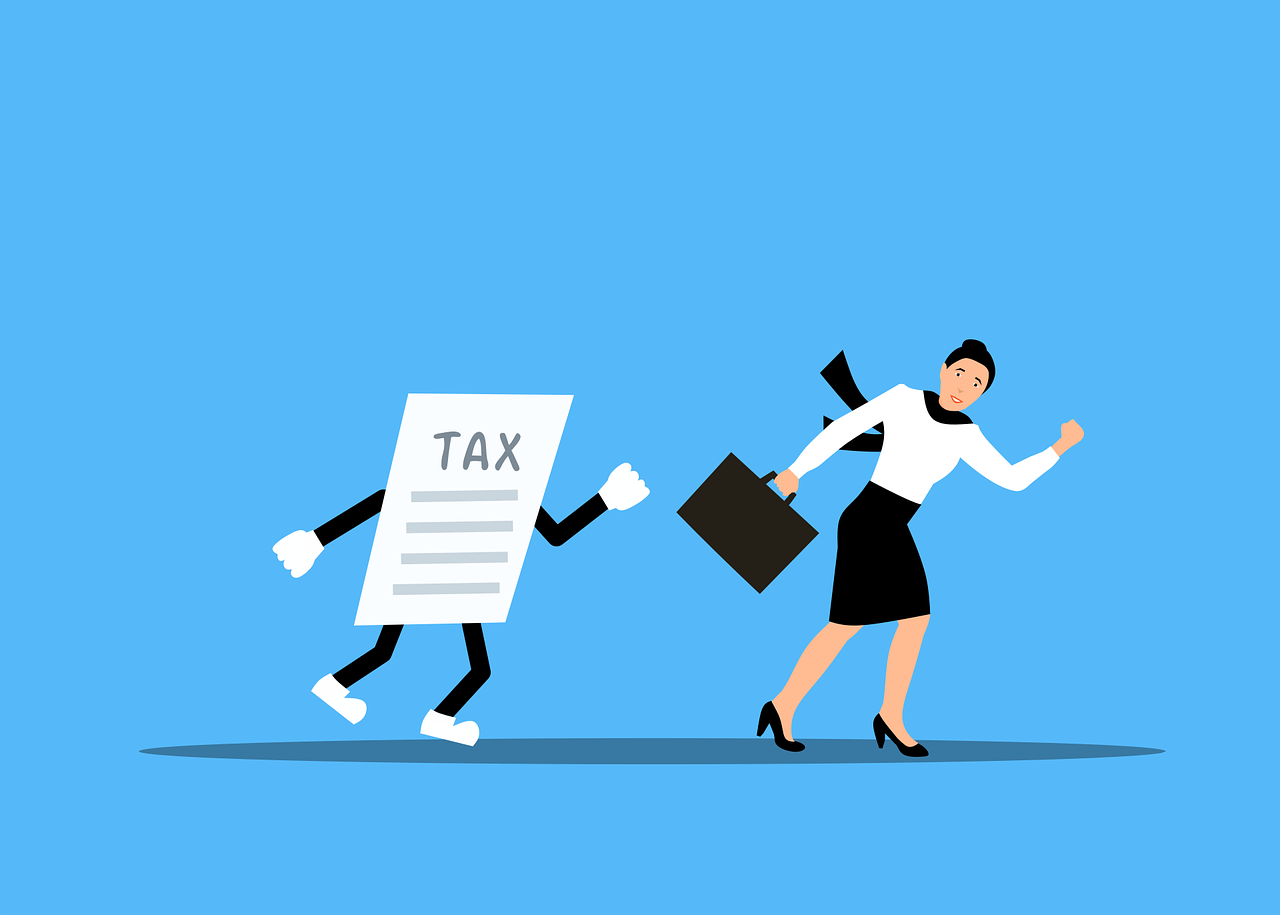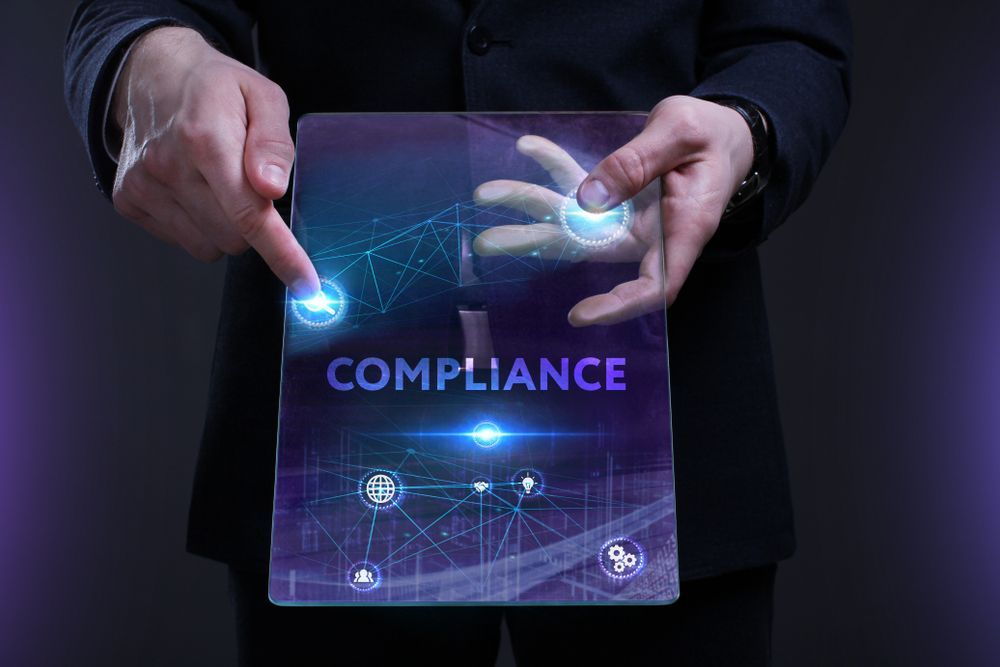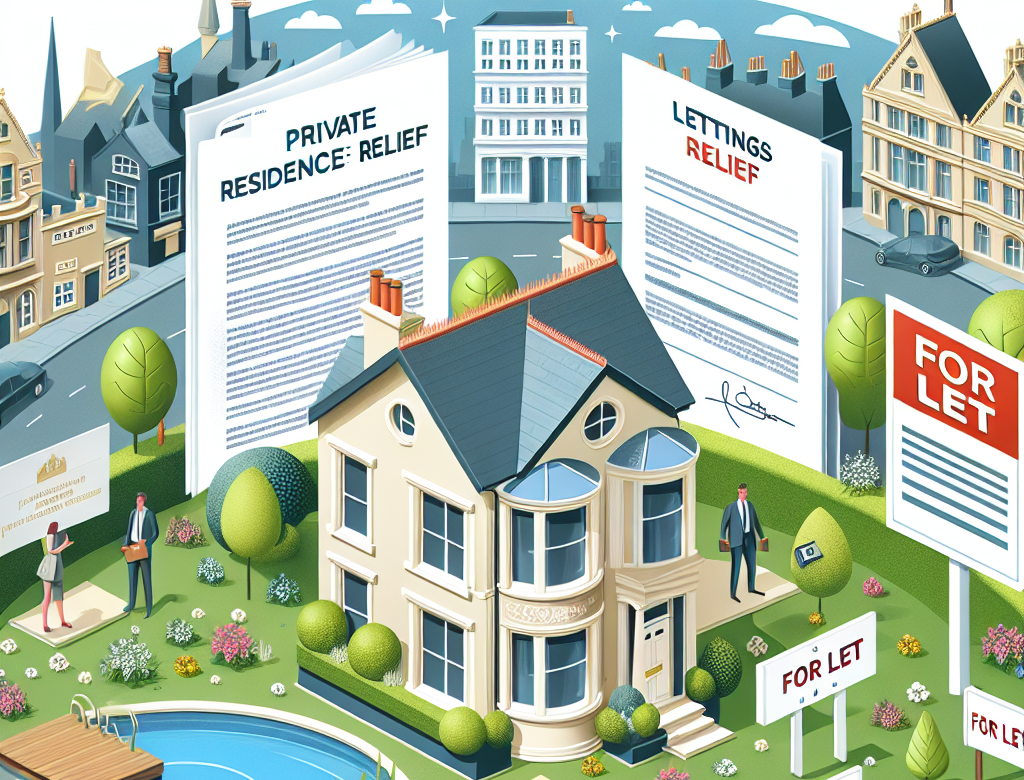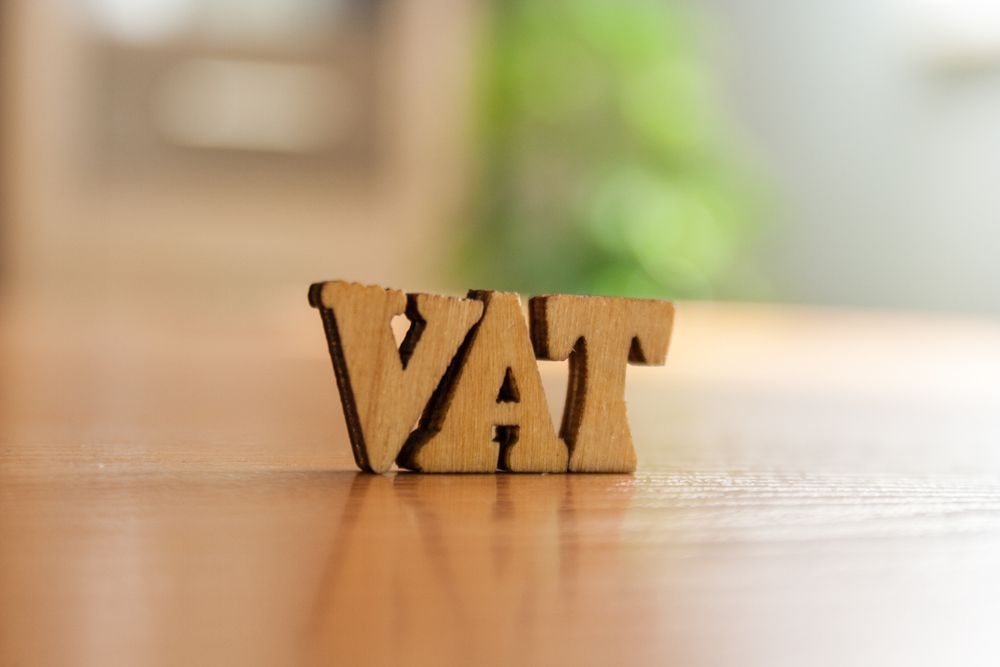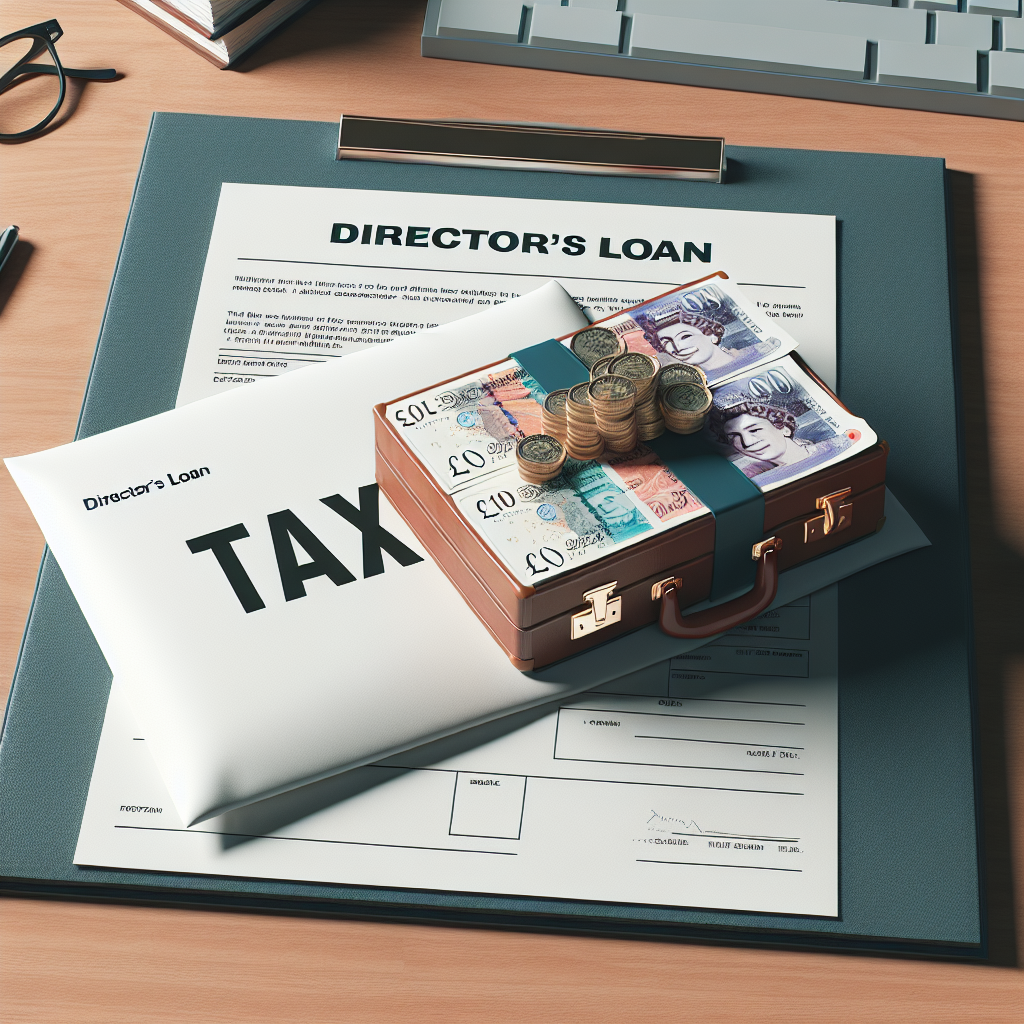Compatible with Making Tax Digital
Deb Chartered Accountants, established 1980
Tele: 01226 245824
FREE Bookkeeping Software for DEB Clients
Compatible with Making Tax Digital
Client Personal Communication and Resource Portal
Private Residence Relief from Capital Gains Tax
Make sure you do what is necessary to protect this valuable relief
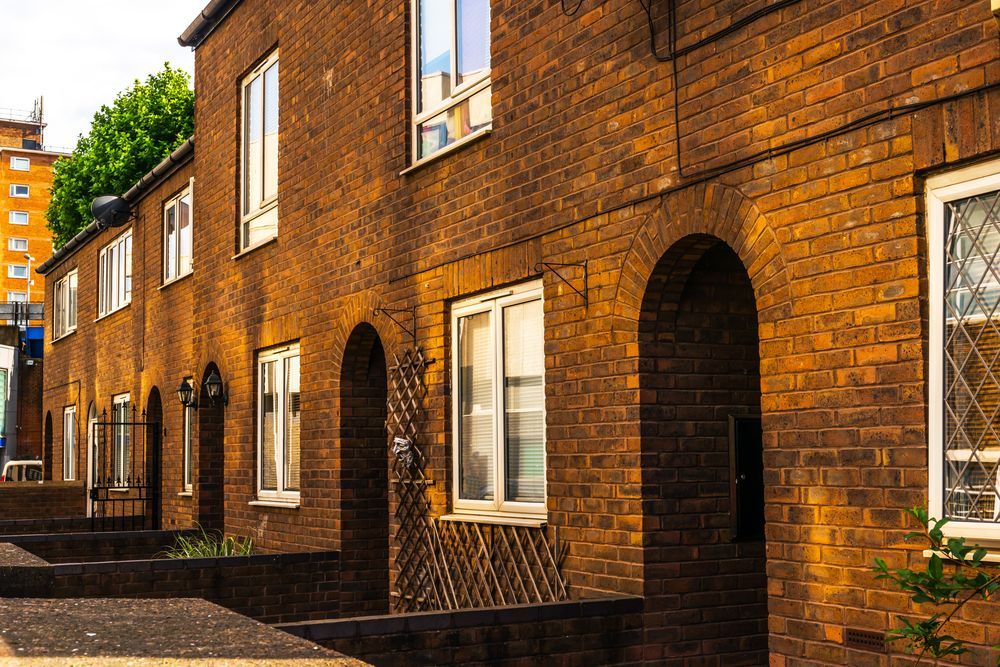
Understanding Private Residence Relief for Capital Gains Tax
Private Residence Relief (PRR) is a tax relief in the UK that helps homeowners save money when selling their primary residence. Under this relief, any capital gain arising from the sale of a property that has been the taxpayer’s main home throughout the period of ownership is generally exempt from Capital Gains Tax (CGT). This means that if you sell your primary residence, you usually do not have to pay tax on any profit from the sale.
The Private Residence Relief applies to the time the property was occupied as the main home, and certain periods of absence may also qualify for relief, such as time spent working abroad. Additionally, the final nine months of ownership automatically qualify for PRR, regardless of whether the owner was living in the property during that time. This relief is particularly beneficial for those who have lived in their homes for a significant period, ensuring that they can reinvest the full proceeds of their sale into their next property or other ventures without a CGT burden.
Why is it Important?
Private Residence Relief is crucial as it provides significant financial relief to homeowners by exempting them from Capital Gains Tax (CGT) on the sale of their primary residence. This exemption encourages homeownership by reducing the financial burden associated with selling a home, allowing individuals and families to retain more of their property’s appreciated value. By alleviating the tax pressure, PRR makes it easier for homeowners to upgrade, downsize, or move locations without a hefty tax penalty, thus promoting a more fluid property market.
What are the Conditions?
To qualify for Private Residence Relief, several conditions must be met:
- Main Residence: The property must be the taxpayer’s main residence at some point during their ownership. Partial relief is available if the home was not always the main residence, calculated based on the proportion of time it was used as such.
- Periods of Absence: Certain absences, such as periods spent working abroad, may still qualify for relief.
- Final Nine Months: The final nine months of ownership automatically qualify for PRR, irrespective of the property’s current occupancy status. If the property has been your main residence at some point during ownership, the last 9 months of relief are available.
- Grounds and Gardens: If the property includes grounds or gardens (up to half a hectare), PRR is also available on the value attributable to those.
- Personal Use: PRR is only applicable to individuals, not companies, and there must be no significant business use of the home. These conditions ensure that the relief is targeted at genuine homeowners using their property primarily as a residence.
Making Elections When You Have More Than One Property
When a taxpayer owns more than one property which they use as a home, they can elect which property should be considered their main residence for tax purposes.
The election must be made within two years of acquiring the second property. The chosen property will then be eligible for PRR, exempting it from Capital Gains Tax (CGT) upon sale. The election can be changed later if circumstances change, as long as the new election is made within two years of a change in the combination of residences. This flexibility allows homeowners to optimize their tax position based on their living arrangements and financial goals.
Advice for Claiming PRR
To successfully claim PRR, you must ensure the property is your main residence for a significant period. Here are some practical steps:
- Documentation: Retain documentation such as utility bills, council tax statements, and bank statements, all addressed to the property.
- Registration: Register to vote at this address and update it with banks and HMRC.
- Community Involvement: Demonstrate long-term commitment by participating in local activities and enrolling children in nearby schools.
- Absences: Document any allowable periods of absence and keep records of significant events that show the property is your primary home.
By following these guidelines and maintaining thorough records, you can effectively claim Private Residence Relief and benefit from the significant tax savings it offers. If you have complex circumstances or multiple properties, consulting with a tax professional can provide tailored advice and ensure compliance with HMRC regulations.


